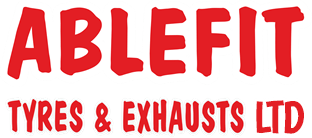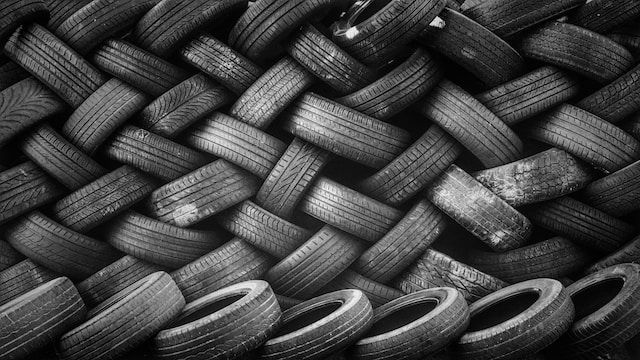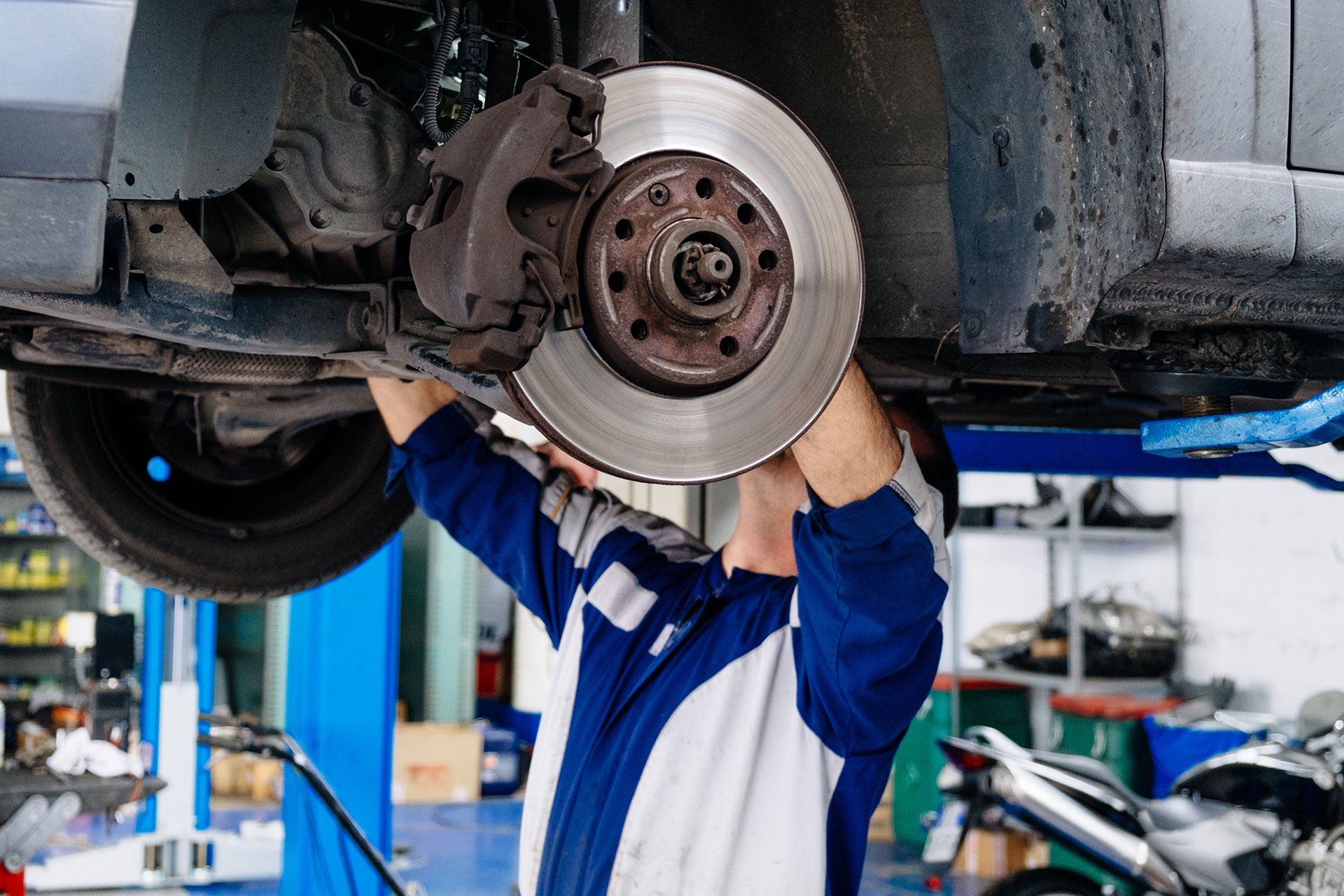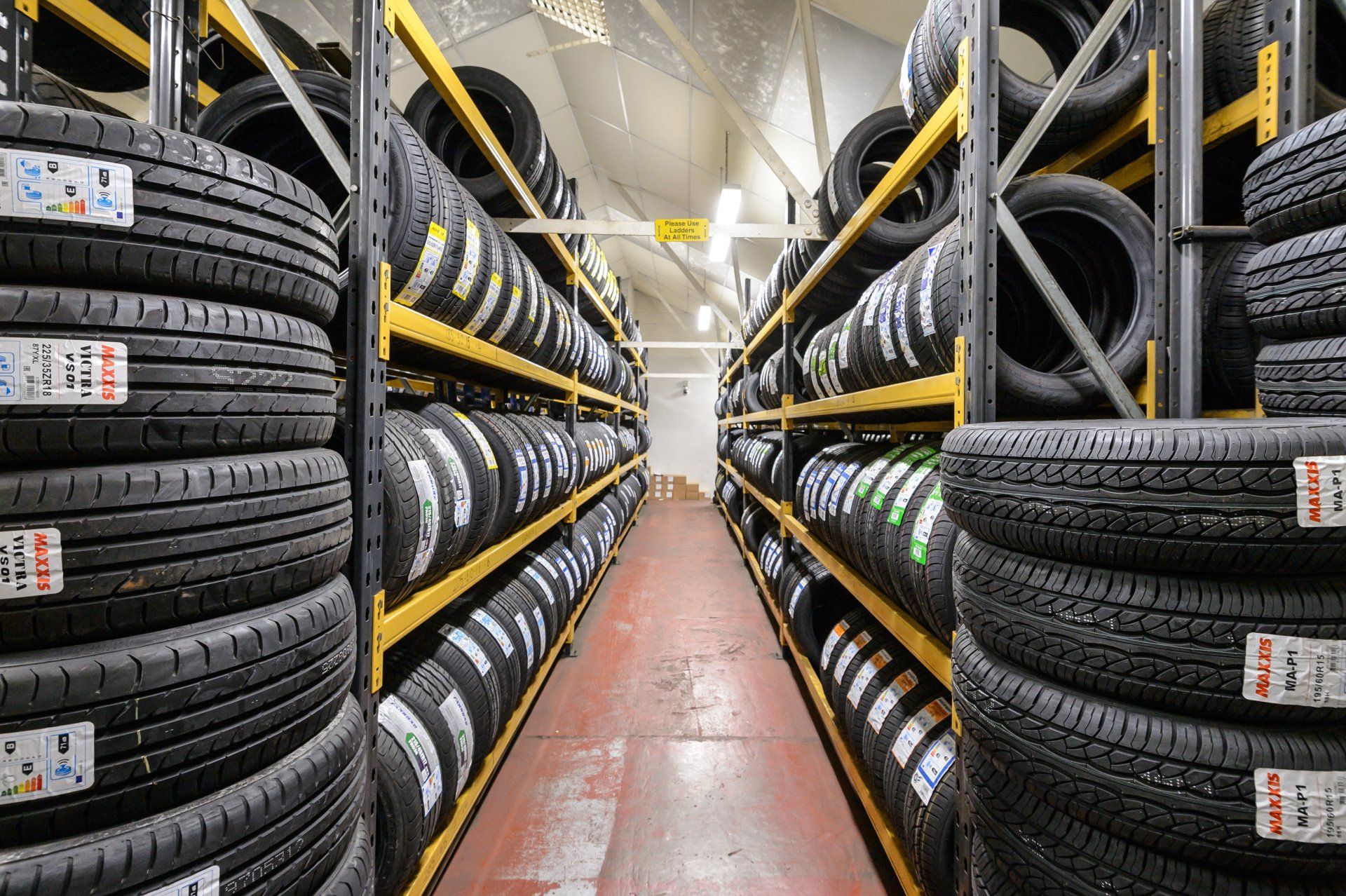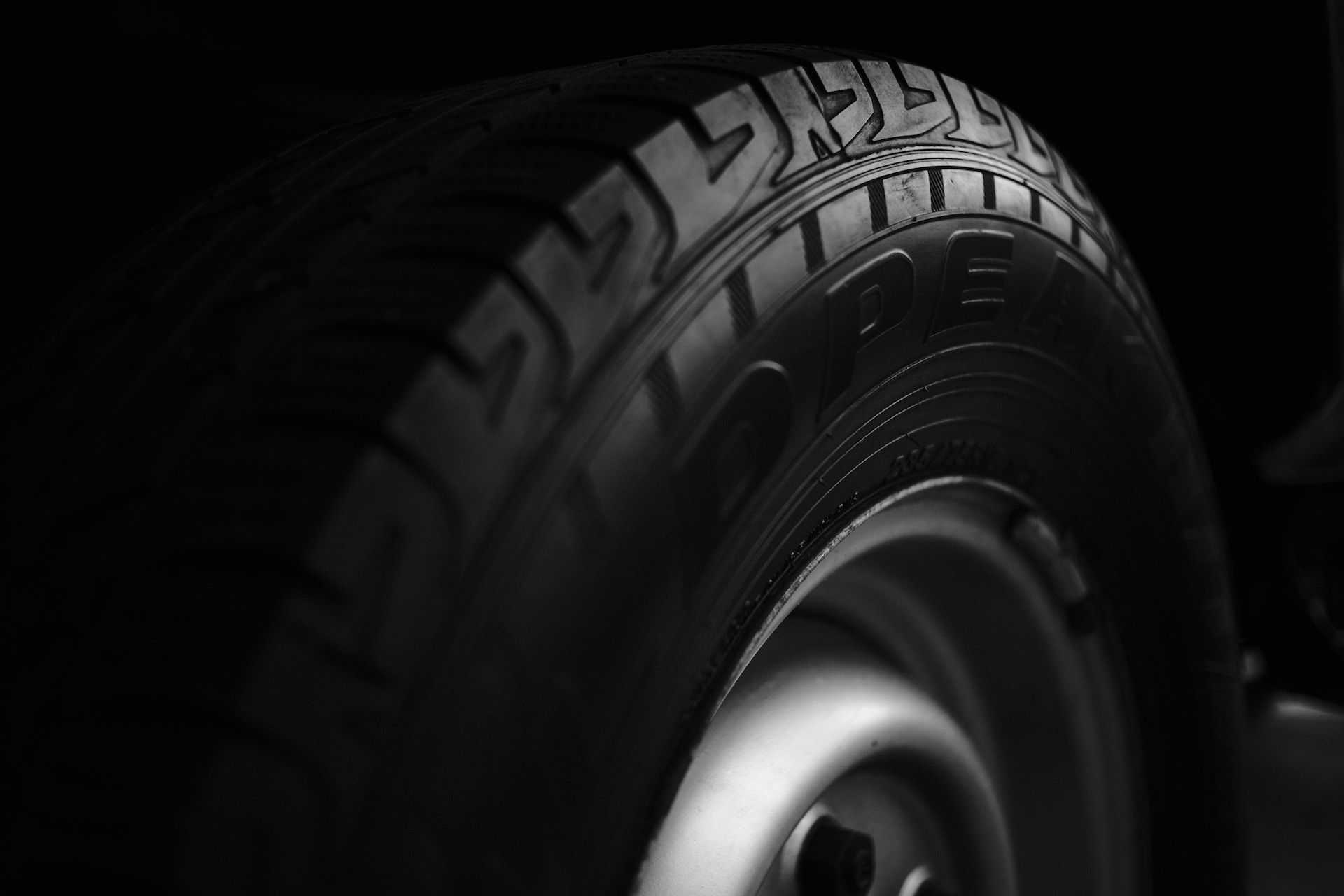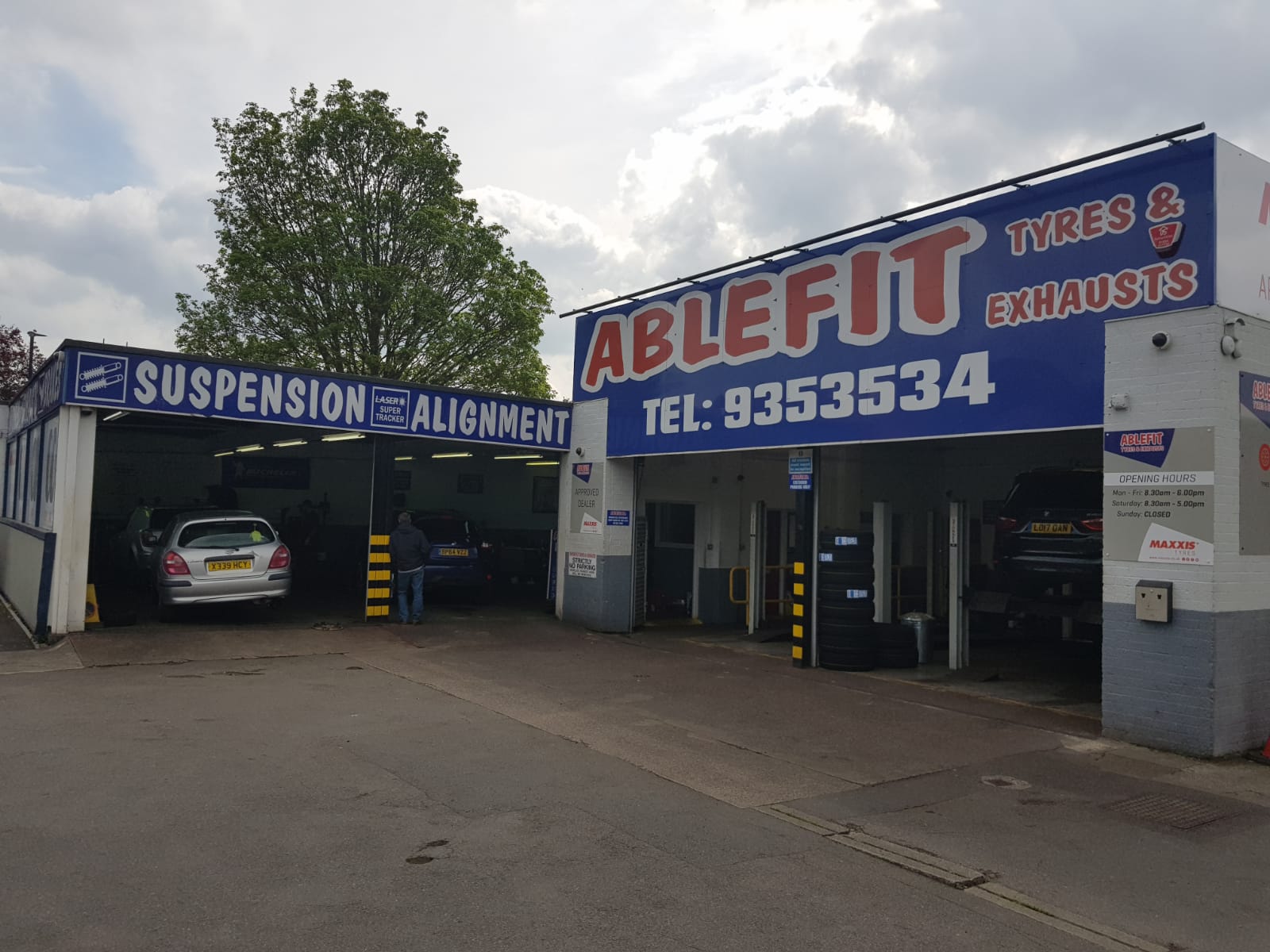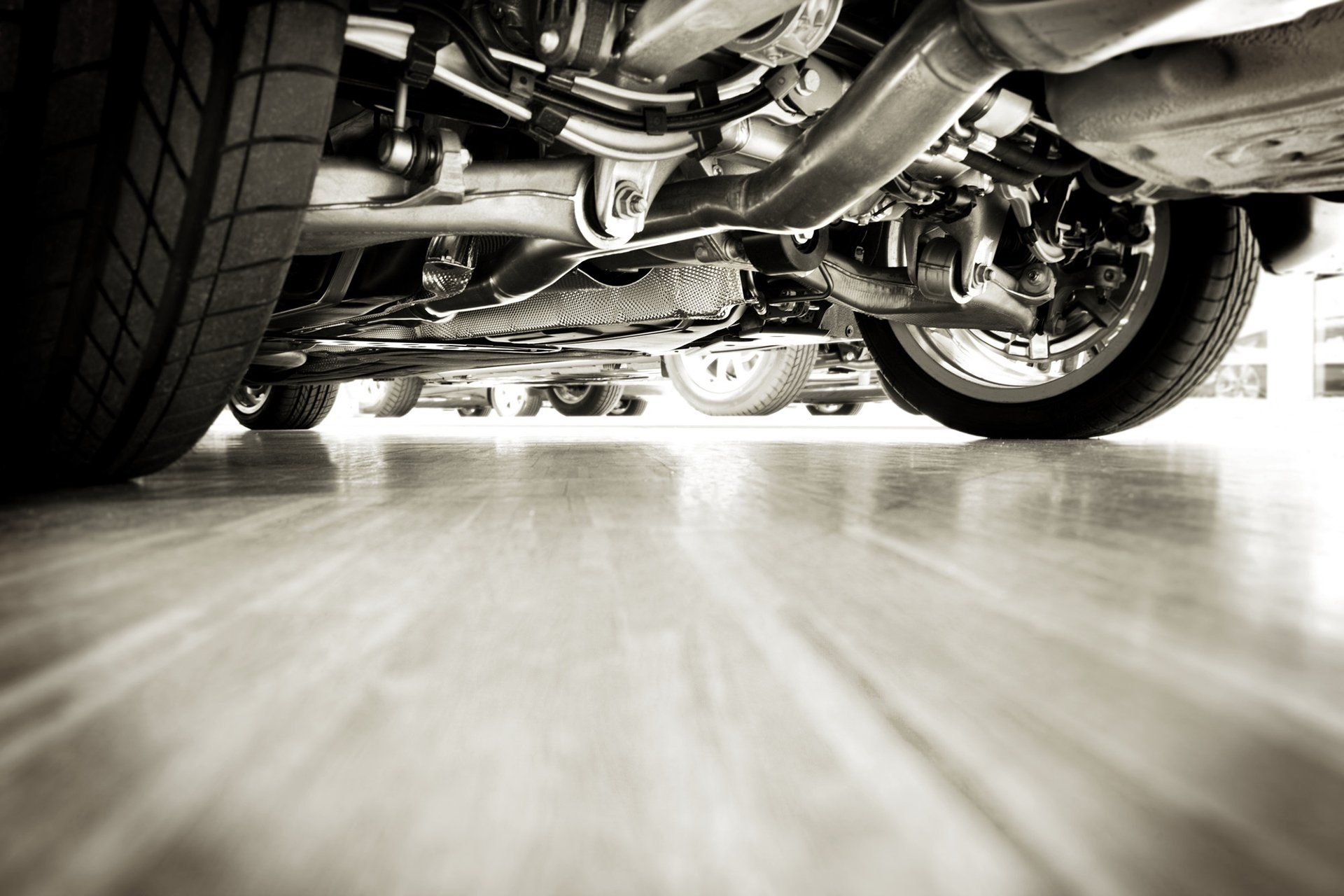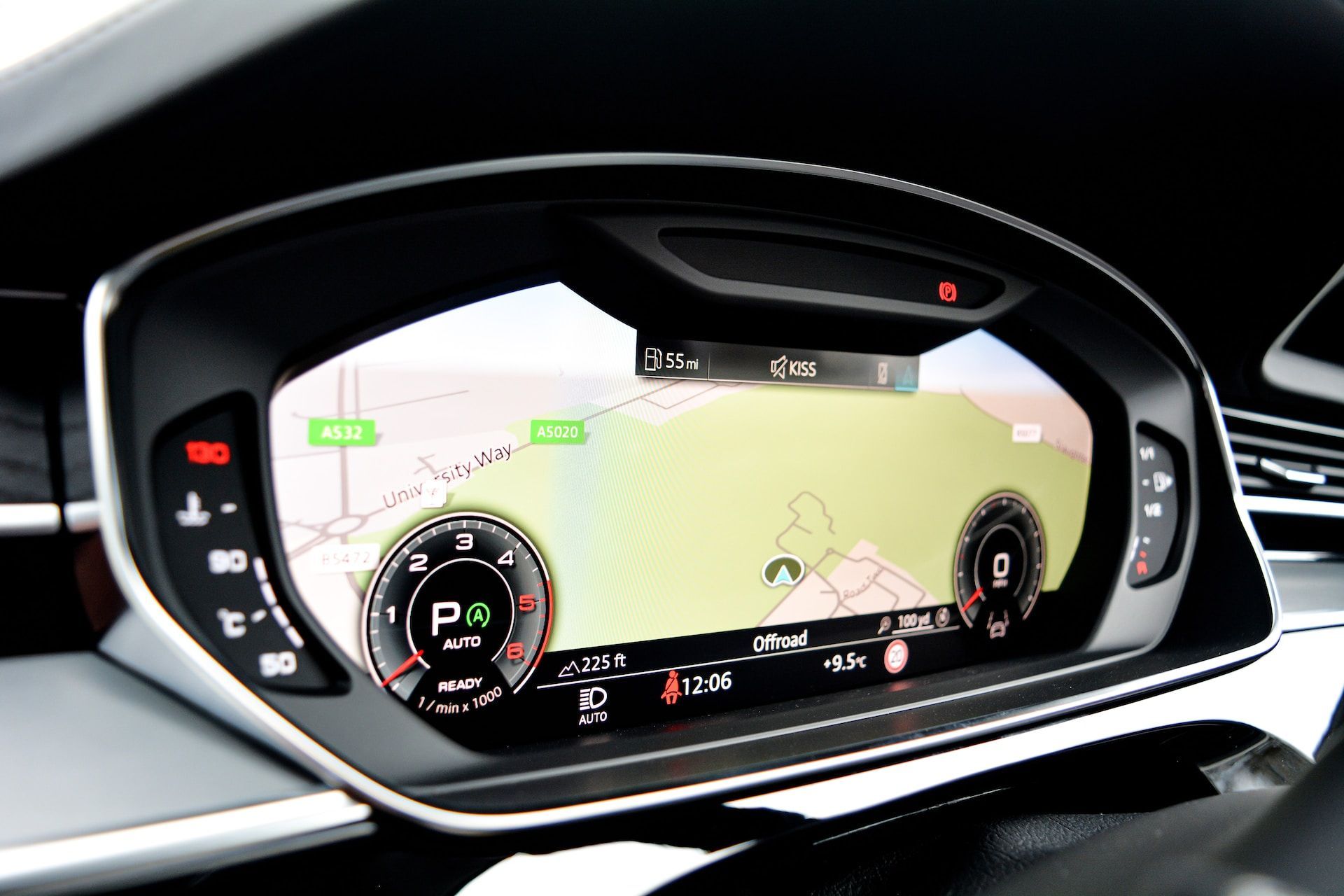How do I know what tyres I need?
How to Choose The Right Tyres for your Vehicle
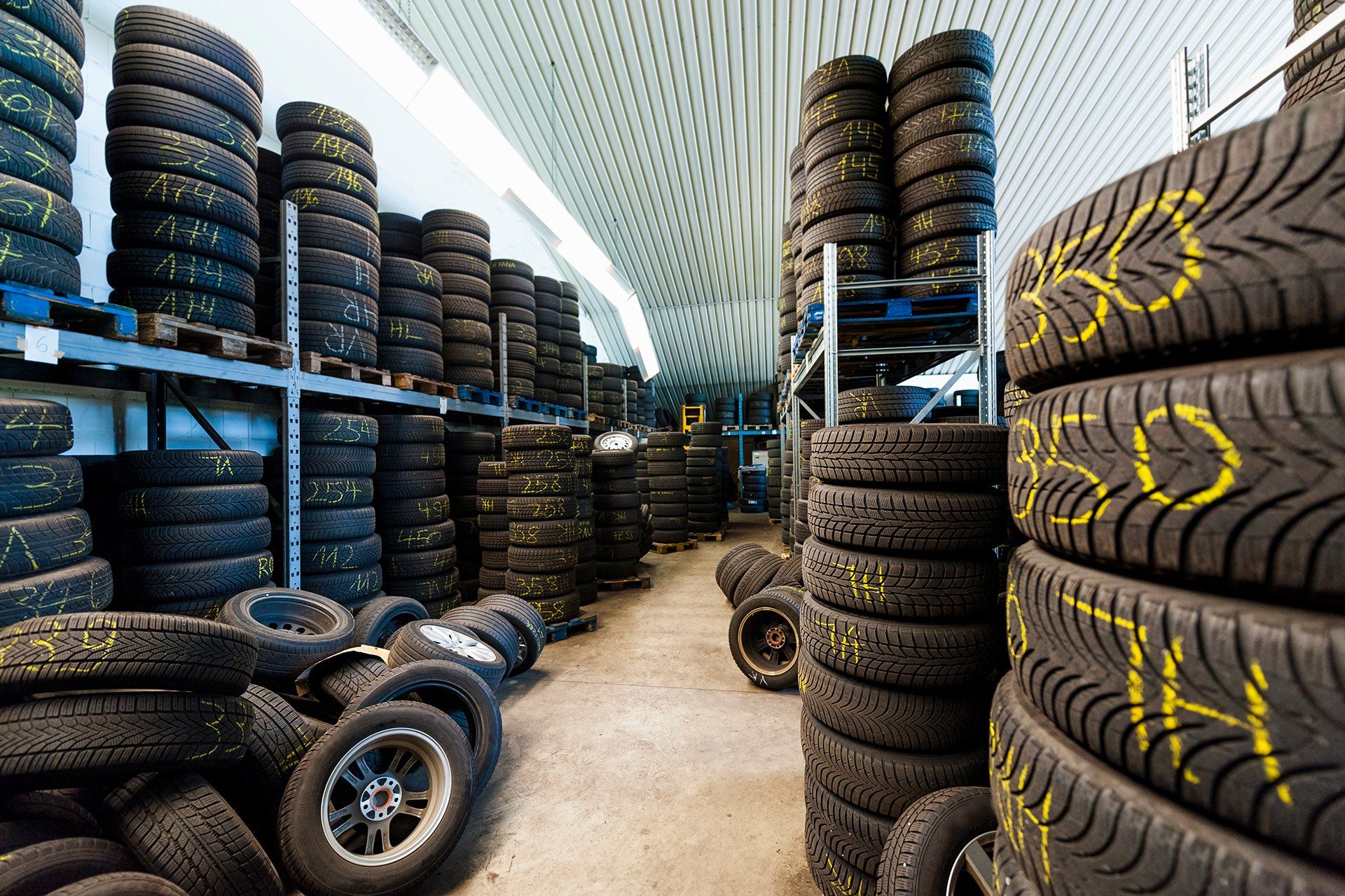
It’s all very well to have realised you need new tyres - but how do you know what tyres are suitable for your vehicle?
Luckily some of that information is right at your fingertips when you understand the code. We’ll explain how to read your tyre size from the tyres themselves below.
Different models and manufacturers have different requirements for their tyres. It’s unfortunately not a ‘one size fits all’ approach when you need new tyres, so we’ve put together a list of questions we’ve had from customers, and expert answers, to hopefully make the whole process much easier to navigate.
Do my tyres have to stay the same size?
Your tyre size is based on the rims that they’re mounted on, so the tyre does have to stay the same size. The overall size of the wheel impacts everything from steering to suspension, so it’s important to keep this in mind.
If you’re keen to change the size of your rims, you then could hypothetically change the size of your tyres, but it would necessitate a flood of further changes, including adjusting your tyre pressure and speedometer.
How do I know my tyre size?
Your current set of tyres hold the code which will tell you what you need to know about tyre size. This data will also be written in your vehicle handbook, and is usually on the sticker inside the door and inside the fuel cap too. Make sure to adhere to these same numbers when you get new tyres as this is the measurement suited to your particular vehicle.
Look at the sidewall of your tyre. You’ll see a list of numbers and letters imprinted onto them.
Read this code from left to right, and you can decipher exactly the tyre you need.
Understanding the code on your tyres
You’ve probably noticed that all cars have a series of numbers and letters printed on the sidewall of their tyres - the bit of the tyre that faces out sideways from your vehicle. This ‘code’ tells you exactly the requirements for your tyre measurements, so when you’re replacing your tyre you will know what type of tyre to ask from, and the range you can choose from.
Your tyre will have a code something like this printed on its sidewall:
205/55 R16 91 V
- First number: the width
- Second number: the profile
- Third number: the rim
- Fourth: the load
- Fifth: the speed
What size was your rim, for example? That’s the third number (probably R16 or R17).
Understanding tyre sizes
The width
The width is the measurement of the tyre’s width(represented by the first three digits on the sidewall) which in the example above is 205. Wider tyres offer more grip, but they also throw up more road noise.
The profile
The profile is the height of the tyre’s sidewall, divided by the tyre’s width, timesed by 100. That creates the ‘aspect ratio’. In short, this is a percentage that tells us the height of the tyre’s sidewall relative to the tyre’s width. In the example above, this figure of 55 tells us that the tyre profile is 55% the size of its width.
The Rim
Forget the tyre here; if you removed the tyre, you would be left with the wheel rim. This measurement refers to this. The rim can vary from the tyre’s width, to a certain threshold. Rim numbers refer to the distance between the two bead seat areas where the tyre is sealed onto the wheel.
The Speed Rating
This letter tells us the maximum speed your vehicle can do for your tyre to carry its recommended load. V, in our example, tells us the tyre can cope with 148 mph before your load capacity index would be negatively impacted.
Some vehicles need to be able to carry heavier loads, and therefore need tyres with a higher inflation pressure - they would be marked as XL (Extra Load) or RF (Reinforced) on the tyre’s sidewall.
Can I mismatch tyres?
You should never mismatch tyres on an axle. The tread pattern on tyres is carefully designed to divert water from the tyre itself to allow for better grip, and these work in pairs. Two different tyres may work in different directions or with different techniques, putting unequal stress on your axle system. This will likely lead to premature, uneven wear throughout the axle. In terms of immediate safety, this can also reduce your handling.
What kind of tyre is best?
Once you’ve found the right tyre size for your vehicle, you still have more decisions to make to ensure you choose the right tyre.
Do you require winter tyres, all-season tyres, 4x4 specific tyres, or summer tyres, for example? Learn about the difference between summer, winter and all-season tyres in this blog here. Alternatively, get in touch with Ablefit today to speak to an expert and get advice to help you make the right choice for your car and driving requirements.
Short of time? Check out
Ablefit’s automatic tool
which will show you the range of tyres suitable for your specific vehicle, all from just typing in your registration number.
